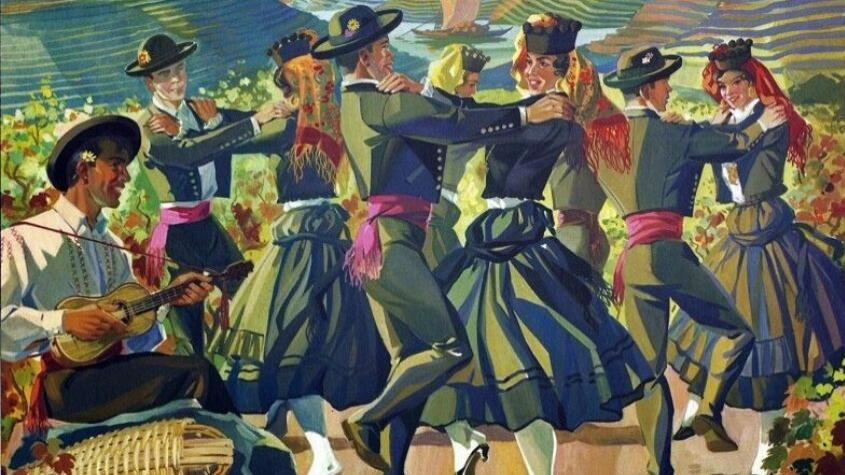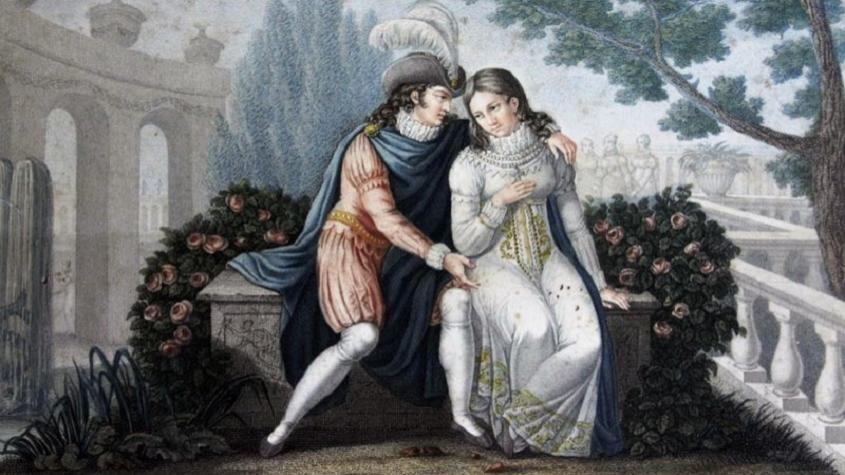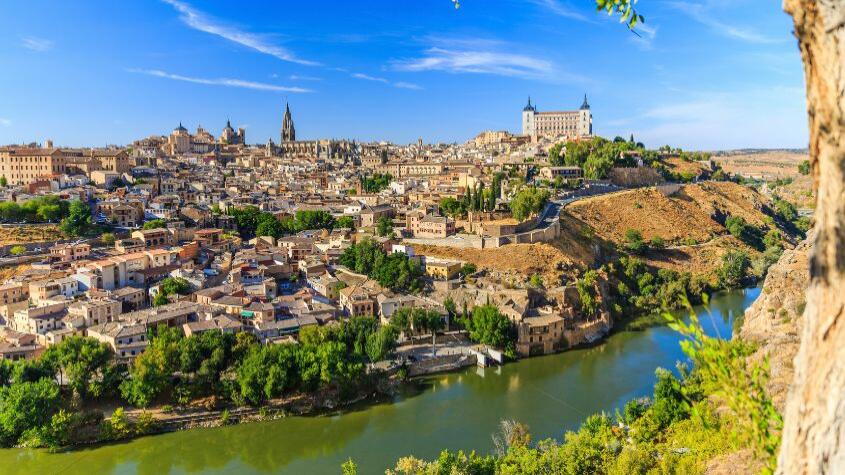
What makes Flamenco Musique and Dance so unique?
Flamenco is one of the most well-known and sought-after artistic attractions in Spain. The energy of the shows, the strong sound, the aesthetics of the performers and the whole atmosphere that surrounds it, impress the spectators. On November 16, 2010 it was considered Intangible Heritage of Humanity by Unesco.
In this article, we will discover what makes Flamenco unique and what are the main elements of its music and dance.
What is Flamenco?
Flamenco is an artistic expression that combines singing, dancing and music with a high degree of personal improvisation by each performer. It is a multicultural expression that combines elements from Arab, Jewish, Gypsy and Andalusian regional cultures.
Where does Flamenco originate from?
Flamenco is original from the region of Andalusia in southern Spain. Here it started, developed, and then spread to various parts of Spain and the world.
When was Flamenco born?
The first official records with allusions to what may be the beginnings of Flamenco date back to the 18th century. It is therefore about two centuries old.
Elements of Flamenco
1. The Singing

The singing in Flamenco is characterized by its strong and emotive sound either singing the lyrics of the songs or with expressive sounds of feeling or accompaniment. It can be sung by men and women, in individual or collective performance. The performer of flamenco singing is called a cantaor. It is usual for the singing to be accompanied by clapping, which lends it rhythm.
The term "cante" means the action of singing any Andalusian song, whether it is more agitated or harmonious.
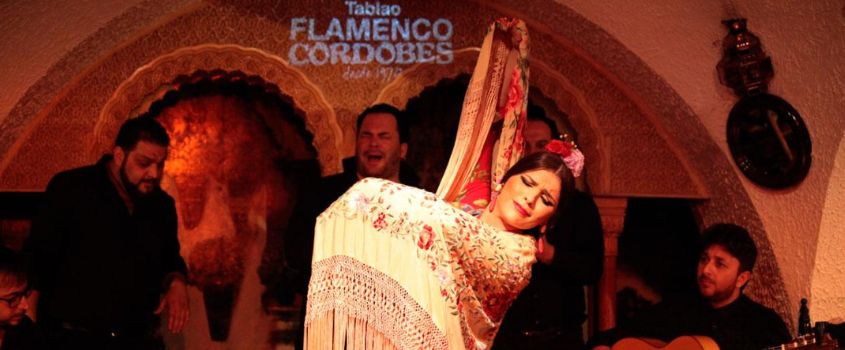
Palos are the variants of Flamenco singing. The best known are:
Cante jondo or cante hondo is the most genuine Andalusian chant with a deep and strong sound. It is considered the oldest type of chant.
The fandango was the most famous cante and dance in the 17th century. It spread all over Spain, with local and regional variants, such as Huelva. They were often accompanied by the bandola (musical instrument), following a regular rhythm which favored the dance. Already in the 20th century we can see many types of fandango such as the malagueñas, zânganos, rondenãs, verdiales, tarantos, among others.
The Sevillanas are a typical song and dance from Seville, as the name implies. It is one of the most popular and well-known dances in Spain. The Sevillanas are usually danced in pairs, divided into 4 "coplas".
Alegrías is the flamenco style that expresses the feeling of the atmosphere of Cadiz, and its group of cantinas.
Bulerías is a festive palo, with a fast, double rhythm accompanied by clapping by the cantaor and the choir, resulting in a very loud sound suggesting tumult. The dancers form in a semicircle, and one at a time goes to the center to dance a part of the musical piece.
Tangos are considered one of the basic styles of flamenco, and there are several modalities. Sensuality is one of its most pronounced and appreciated expressions. In Cadiz, Malaga and Seville, tangos were developed that incorporated a strong influence of black American music.
2. Flamenco Music and Instruments
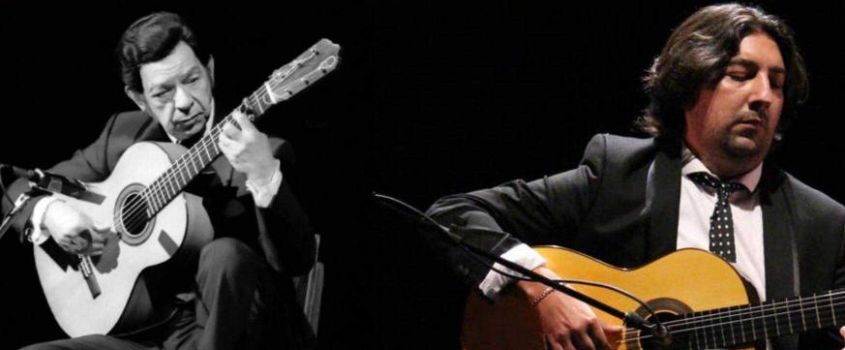
Originally, flamenco was just singing (cante) without accompaniment. Then it began to be accompanied by guitar or guitar (classical or flamenco), clapping, tap dancing. And even more recently it has incorporated other instruments such as the cajón or adufe, the famous castanets, the violin, the celo and the flute.
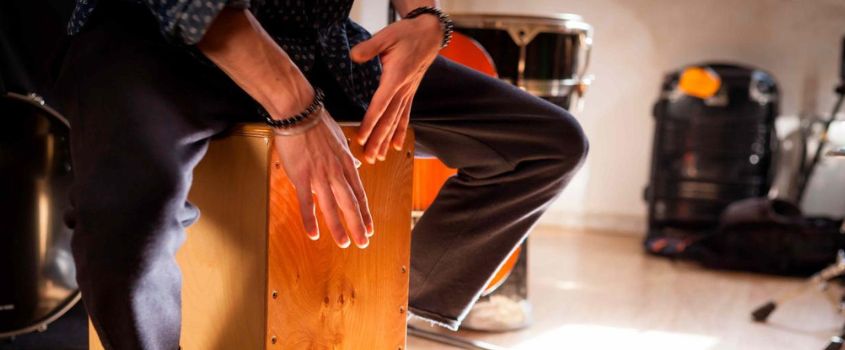
The posture of flamenco guitarists, called tocaores, differs from that of classical guitarists. The flamenco guitarist usually crosses his legs and rests on the one that is higher, placing the neck in an almost horizontal position in relation to the floor.
The techniques associated with Flamenco guitar playing include alzapúa, picado, rasgueo and tremolo, among others. Fingering can be done with 5, 4 or 3 fingers. The use of the thumb is also characteristic, giving more volume and sonority. Or the middle finger to obtain more precision and strength.
From this set of human and instrumental performance result various types of guitar playing such as gitano, airoso, sober, pastueño, virtuoso, corto, among others.
3. The Baile or Dance
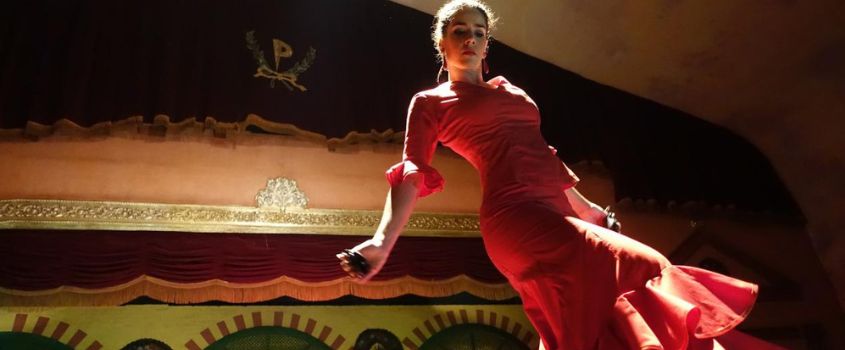
The Baile Flamenco is the artistic ensemble formed by dance and footwork or tap dancing. In fact, the dancer is also a musician. To a refined technique, studied and rehearsed, is added a predisposition for individual improvisation by the artists. Spontaneous expression full of feeling and emotion is one of the most important characteristics of a Flamenco performance.
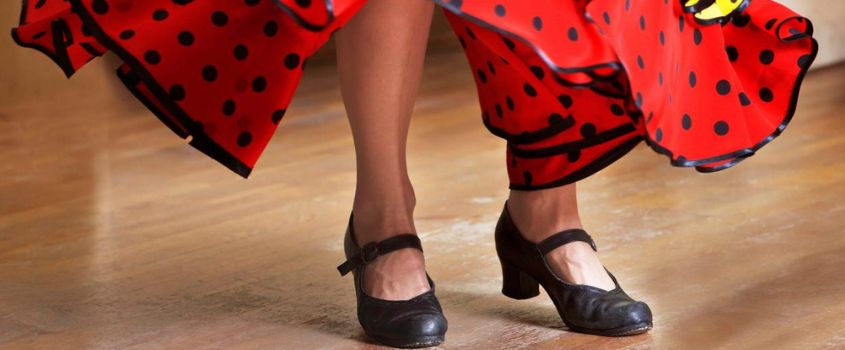
Flamenco footwork or tap dancing consists of producing various types of sound by the posture of the foot and special sole of the shoe. It marks in a vigorous and sonorous way the rhythm of each flamenco palo.
Now that you know better what Flamenco is, and the combination of its elements, you will be able to appreciate much better its expression, as original as it is attractive.
You can find great Flamenco shows in Seville, Barcelona, Madrid, and all across Spain.
So the question that follows is: where will you enjoy the next Flamenco show?
Did you like it?
Average votes: 4.13 of 5
Go Back to the Blog








